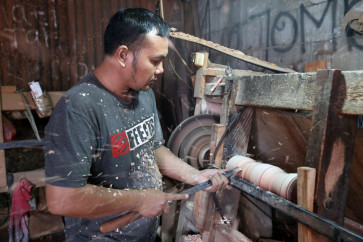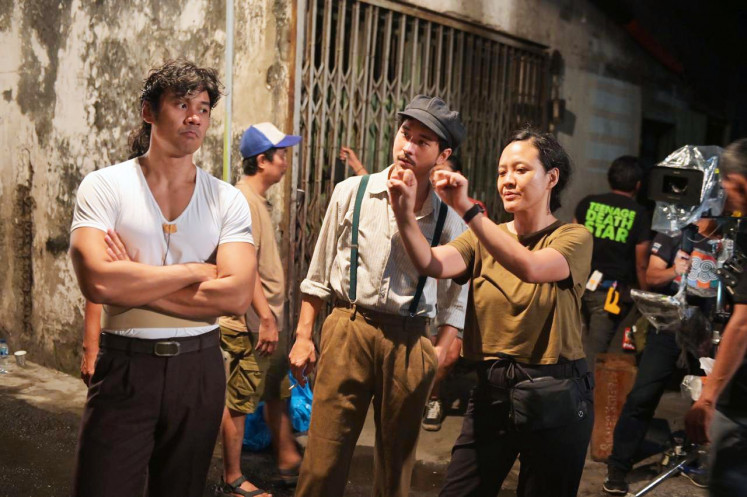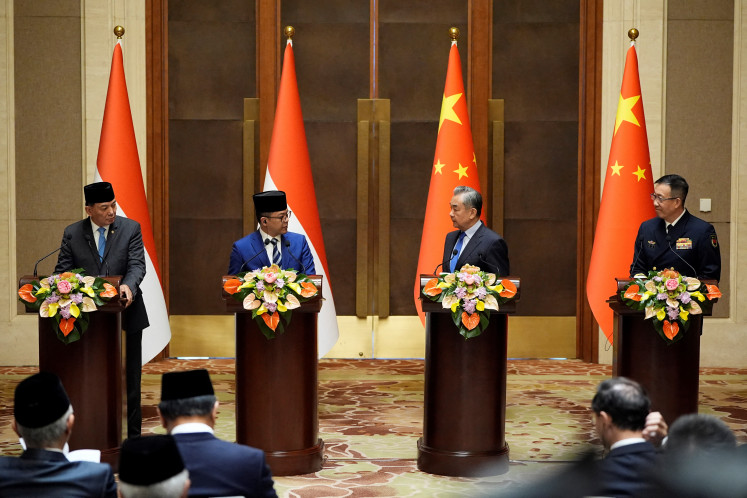Ita Martadinata: Remembering the victims of the May 1998 tragedy
The murder of one survivor of rape during the May 1998 riots remains unsolved today, a stark reminder that public acknowledgement, reconciliation and justice for victims of the widespread violence, both Chinese and non-Chinese, remains elusive.
Change text size
Gift Premium Articles
to Anyone
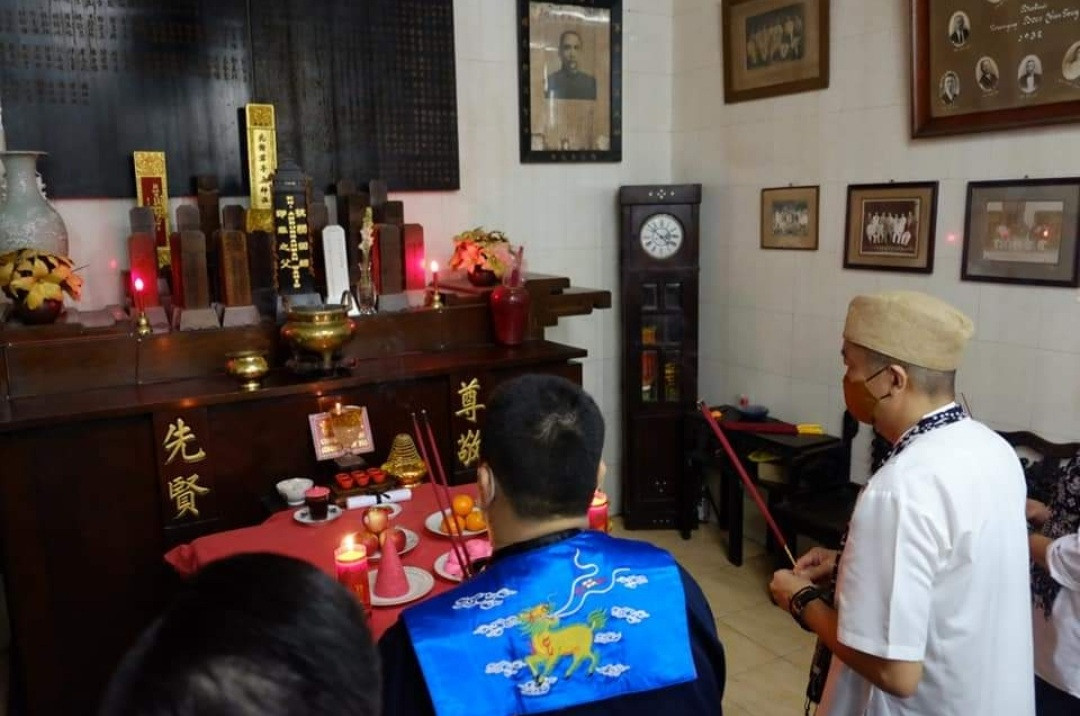 Remembrance prayer: Members of the Boen Hian Tong community association light incense during a ritual ceremony on May 13, 2021 to commemorate Ita Martadinata, at Boen Hian Tong hall in Semarang, Central Java. (Boen Hian Tong community documentation/Courtesy of the Boen Hian Tong Community)
Remembrance prayer: Members of the Boen Hian Tong community association light incense during a ritual ceremony on May 13, 2021 to commemorate Ita Martadinata, at Boen Hian Tong hall in Semarang, Central Java. (Boen Hian Tong community documentation/Courtesy of the Boen Hian Tong Community)
Note: This article contains graphic accounts of violence and trauma.
Ita Martadinata was only 17 years old when her dead and mutilated body was found on Oct. 9, 1998 at her family home in Central Jakarta.
A Chinese-Indonesian human rights activist who was also a key witness and survivor of the widespread rape that occurred during the May 1998 riots, Ita’s throat had been cut so deeply that she was almost decapitated and a wooden stick had been shoved inside her anus.
Ita’s murder remains unsolved to date, and stands as a reminder of how elusive justice still is for victims of the tragedy.
Unforgettable chaos
Ita Fatia Nadia is a former member of the Volunteer Team for Humanity (TRK) that was set up as a result of the May riots.
In 1998, Nadia was a coordinator at Kalyanamitra, a women’s rights and advocacy nongovernmental organization, and recalled May 11 as the day she first heard about a rape connected to the sociopolitical upheaval that was engulfing the capital city.
“The Kalyanamitra office was informed by telephone that a rape [had occurred] in an apartment in Pluit,” she said, referring to a North Jakarta neighborhood known as an enclave of Indonesian families and businesses of Chinese descent.
The situation in the nation’s capital was escalating, Nadia recalled, with emerging news on chaos and looting in other areas such as Pasar Minggu, South Jakarta.
Around 6:30 p.m. that same day, Nadia was notified that many Chinese-Indonesian women were being dragged out into the streets in Glodok, West Jakarta. She traveled there by ojek (motorcycle taxi), along with a friend, and saw this with her own eyes.
“I saw several Chinese-Indonesian women being dragged down the street,” she said, recalling that the women’s clothes were torn. Fighting against the mob, Nadia and her friend took four or five women to safety in a hotel belonging to a Chinese-Indonesian, where they could hide.
Compared to the 52 cases of rape tallied in a report from the joint fact-finding team (TGPF), established by the government in July 1998 to investigate the riots of May 13 to 15, the TRK discovered 152 rape cases that occurred during the riots.
Due to the sheer number of rape cases, the TRK formed the Volunteer Team for Violence against Women (TRKP), a special subdivision with Nadia as its coordinator. Volunteers of different religions also joined the TRKP, including Ita Martadinata, who was Buddhist.
“I was informed, although [Ita] never told me, that she was a [rape] victim by fellow volunteers,” said Nadia, stressing that Ita never spoke about her experience.
Shortly after the riots, the TRK started preparing individuals to give their personal testimonials on the widespread rape at the United Nations in New York. Ita volunteered to give her testimony following a discussion between TRK members and her mother. Accommodation, plane tickets and visas were arranged so Ita could leave for the United States.
‘Vile murder’
At 4 p.m. on Oct. 9, 1998, Nadia received a call from Lily Zakiyah Munir, a women’s rights activist and Nahdlatul Ulama (NU) member, who told her that Ita had been murdered.
“Ita Martadinata’s bedroom was on the second floor,” said Nadia, who had gone to Ita’s house. When she got there, Ita’s father had told her to “go upstairs” to his daughter’s room.
“That was 45 minutes after Ita was murdered. When I entered her room, I was shocked because there was so much blood,” she recalled, noticing that blood was still flowing from Ita’s body, which was cold, but had not yet gone into rigor mortis. Nadia also stressed that unlike the general assumption, the wooden stick had been found inside Ita’s anus, not her vagina.
“For me, this is the most vile murder case I have ever seen in my whole life”, Nadia said.
To add to the savagery of how Ita was killed, Nadia said a smear campaign was launched against her fellow volunteer. This included a statement from forensic expert Mun’im Idris that Ita “was accustomed to having sex”, a statement that several media used to debunk Ita’s death as murder.
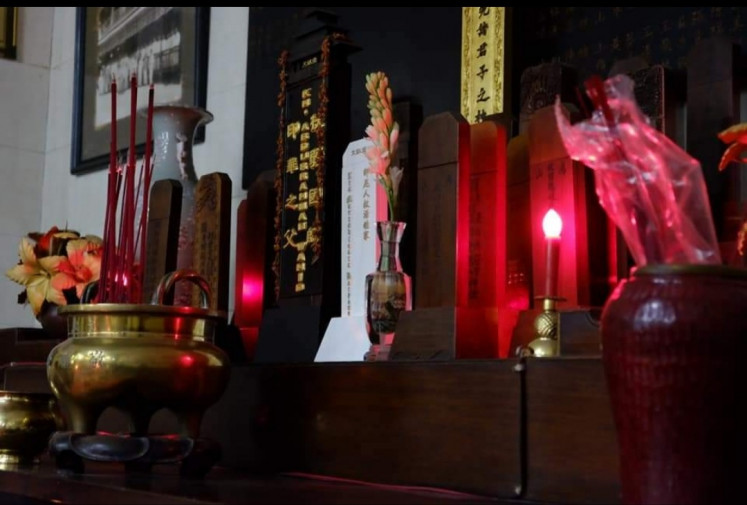
“Her existence, struggle and sacrifice provided a special space for us. A reminder that female defenders of human rights deal with the risks from what we do, so [we] need assurances on [our] safety and protection from the government,” Veryanto Sitohang of the National Commission on Violence Against Women (Komnas Perempuan), told The Jakarta Post by WhatsApp on May 14, 2021.
According to Nadia, Ita’s murder was politically motivated and an act intended to intimidate members of the Chinese-Indonesian minority so they would not speak out about the widespread rape during the May 1998 riots.
“This is a systematic and political murder to silence Chinese-Indonesians to speak at an international level,” she said.
Always remember, never forget
Twenty-three years after her death, many Chinese-Indonesians still remember Ita.
On May 13, 2021, the Boen Hian Tong community association in Semarang commemorated Ita’s legacy with a sinci (memorial tablet), which it placed beside a sinci dedicated to former president Abdurrahman Wahid. The offline event was held at Boen Hian Tong hall with restricted attendees in keeping with the health protocols, and broadcast on Zoom and YouTube.
“Sinci, based on Chinese philosophy, is a ritual where a stone tablet [for the deceased] is placed on [high] ground to respect someone,” said Harjanto Halim, coordinator of the Boen Hian Tong association.
“To create Ita’s sinci means that we acknowledge her struggle and [the struggle of] other victims as a symbol, not only those who were Chinese-Indonesian,” he added.
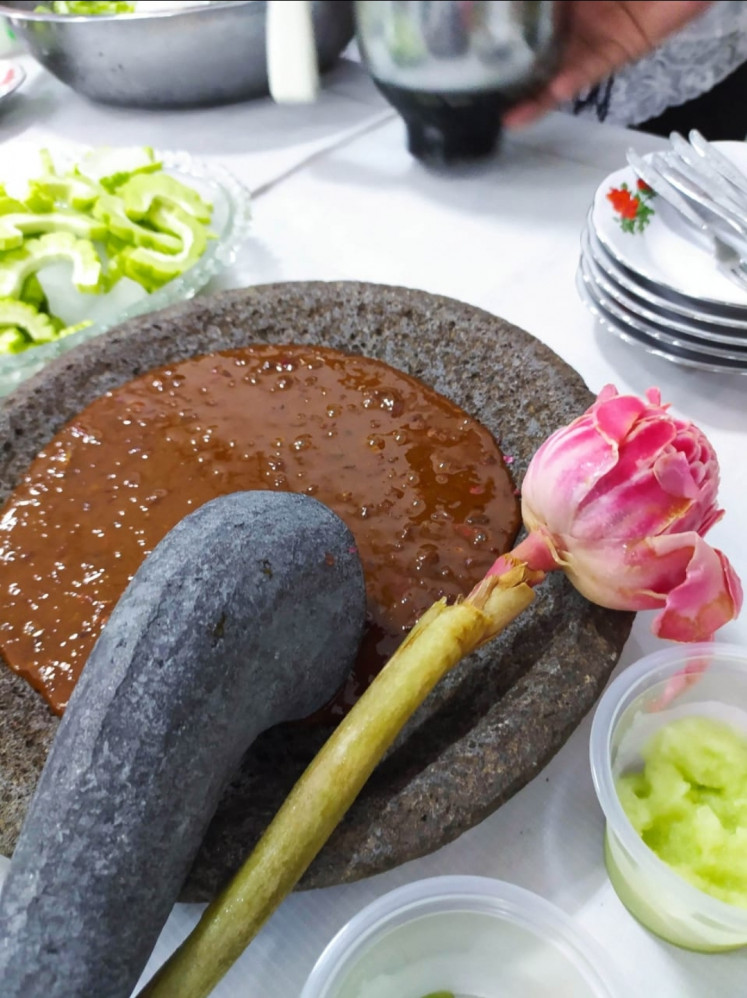
The association has also upheld its tradition of eating rujak pare (bitter melon salad) every May 13 in remembrance of the May 1998 tragedy.
Harjanto explained the philosophy behind the ingredients for rujak pare, made with bitter melon and sambal kecombrang (chili sauce with torch ginger).
“Although it’s bitter, I know that bitterness should be swallowed, making us stronger in remembering the past,” he said. “Kecombrang symbolizes Chinese-Indonesian women who experienced sexual violence, [who were] raped and persecuted, and then crushed on a mortar.”
Frisca Saputra, 51, an Indonesian artist of Chinese descent, said that the tragedy needed to be seen through the lens of reflection, as well as to acknowledge the non-Chinese victims.
Charlenne Kayla Roeslie, a 20-year-old journalism student at Multimedia Nusantara University who was born at the start of the new millennium, said that the government’s acknowledgment of the widespread rape in 1998 was needed.
“Ita can be a reminder for us that there should not be another Ita, or any other victims, from a tragedy that might recur in the future.”
Your Opinion Matters
Share your experiences, suggestions, and any issues you've encountered on The Jakarta Post. We're here to listen.
Thank you
Thank you for sharing your thoughts. We appreciate your feedback.


